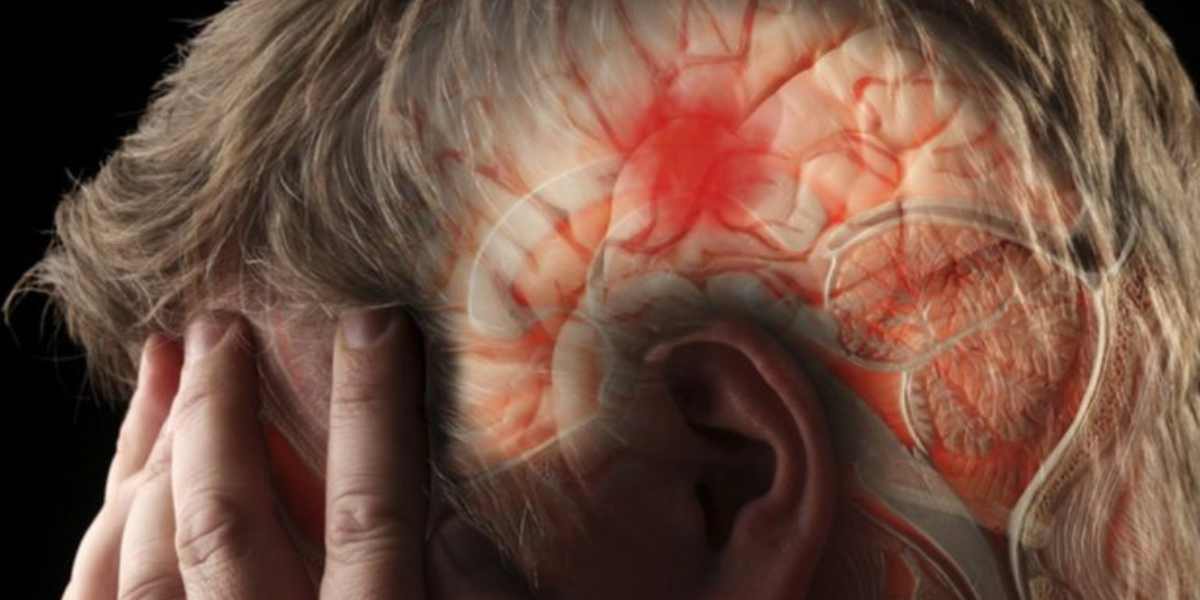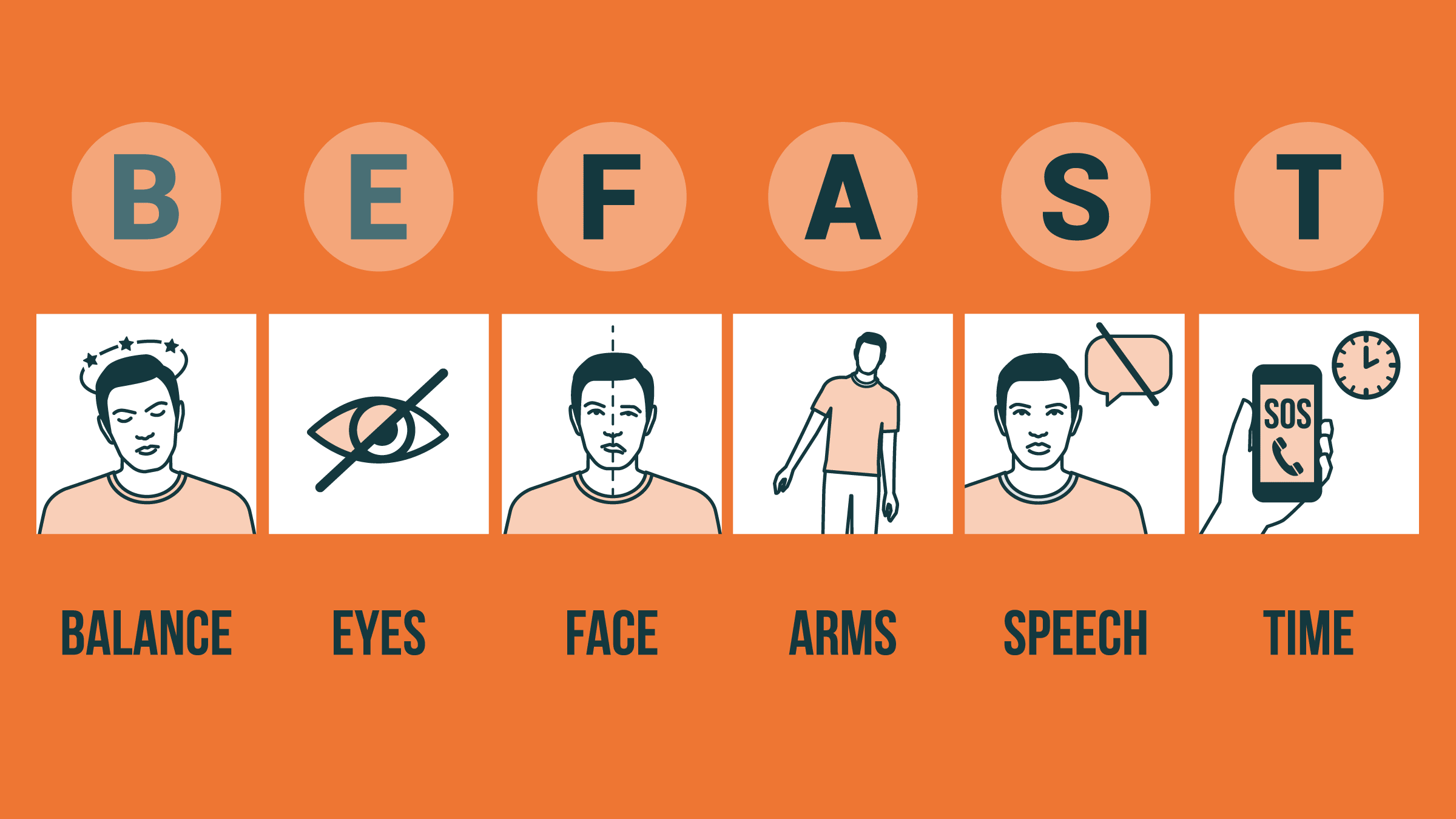Strokes
Home > Services



Services
Let us help you on your journey to better health—schedule your appointment today.
Stroke Overview
Strokes occur when blood flow to part of the brain is disrupted, leading to cell death or destruction and leading to severe headaches and other symptoms. Two forms of stroke exist – ischemic which involves blocking off a blood vessel with clot, and hemorrhagic caused by ruptured vessels – with symptoms including sudden numbness or weakness, difficulty in talking or understanding, visual issues and severe headaches. For maximum effectiveness it is vital to seek medical advice immediately in order to limit damage and impairment caused by stroke; lifestyle modifications and rehabilitation accelerates recovery and preventing future strokes as well.
Causes of Strokes
Hypertension (High Blood Pressure) High blood pressure is the primary possible risk factor that can be modified to prevent strokes.
Arial Fibrillation A heartbeat that is not normal could lead to the development of blood clots within the heart. They could then spread to the brain and trigger stroke.
Smoking Smoking increases the risk of having strokes because of its damage to blood vessels.
Diabetes Diabetes that is not controlled can cause damage to blood vessels with time thereby increasing the chance of suffering from stroke.
HDL High levels of cholesterol may result in the accumulation of plaques within blood vessels. This can cause stroke risk.
Obesity Being overweight or obese may increase the risk of developing risks for stroke, like diabetes and high blood pressure.
Treatments for Strokes
Emergency Medical Care Medical attention immediately is essential. The treatment within the first 4 hours after the symptoms start will help to minimize brain damage and the possibility of complications.
Clot-busting medications (Thrombolytics): For strokes that are ischemic, medications such as the Tissue plasminogen Activater (TPA) are able to break up blood clots and bring blood flow back to the affected region within the brain.
Mechanical Thrombectomy The procedure involves physically eliminating a clot by using the catheter-based device. It is extremely effective for certain kinds of large vessel occlusions during strokes that are ischemic.
Surgical Removal of Blood Clot Surgical removal of a blood clot, known as a clot evacuation, is a critical procedure to relieve pressure on the brain caused by bleeding. This surgery prevents further brain damage by restoring normal blood flow and reducing the risk of complications, ensuring better recovery for the patient.
Decompressive Hemicraniectomy
A decompressive hemicraniectomy is a life-saving procedure where part of the skull is temporarily removed to relieve pressure on the brain caused by swelling. It helps prevent brain damage in cases of severe trauma, stroke, or brain hemorrhage.
